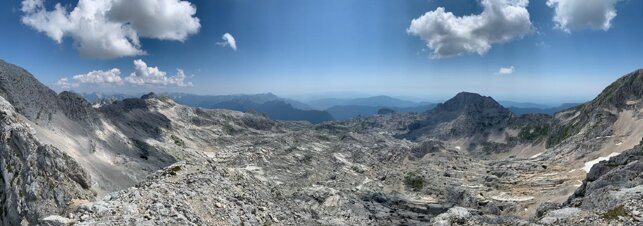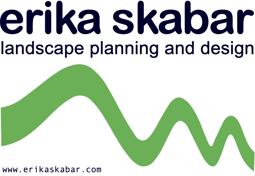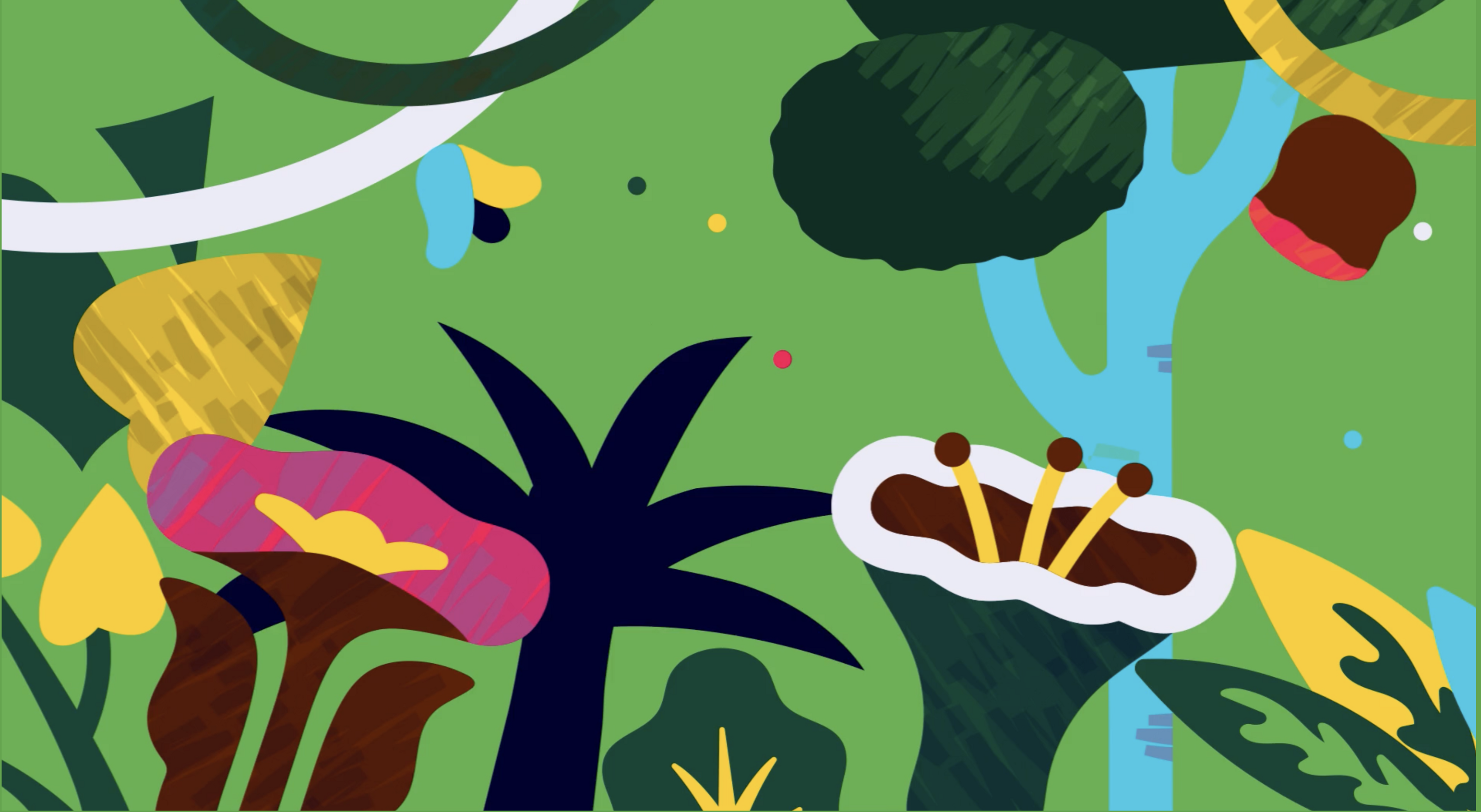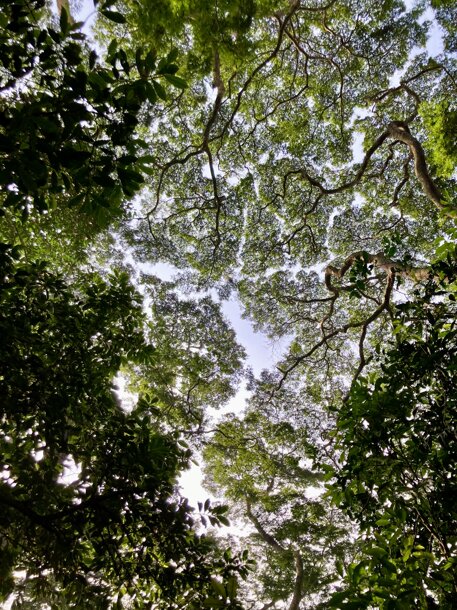©


ADDRESS

via di Campo marzio, 4
34123 Trieste, ITALY
tel. +39 2450325
info@erikaskabar.com

Landscape approach
What happens when design starts by listening to the landscape?
COMMUNICATION SHAPE CONNECTION
CONNECTION DRIVES CHANGE
Design starts with listening. Not drawing. Not deciding. Just paying attention.
What’s missing? What’s been cut off?
Sometimes it’s the storm all at once. Sometimes, the drought that lingers.
The landscape is already doing the work. Filtering water. Holding memory. Supporting life in the background — on embankments, along the road’s edge, in shallow dips. It doesn’t shout. It functions.
THE ECOLOGY OF EXCHANGE
Look at a tree. Still on the outside.
But underneath, roots are talking, trading sugars with fungi, sending messages through the soil.
The ground joins in — holding, shifting, responding.
Leaves read light like code.
They tune into temperature, track moisture, breathe in rhythm with the sky.
The air is full of signals: Birds claiming space. Frogs answering without overlap. Even the wind doesn’t interrupt — it moves with the system.
Silence isn’t empty. It’s information, too.
WHEN WE ARRIVE
Then we show up. And talk over everything. Even when no one’s asking.
When communication breaks, systems unravel.
But when it returns, things begin to reconnect.
Change becomes possible.
Good design doesn’t force anything.
It sets things in motion. It knows when to step back. It waits for the right moment.
We’re not here to add more.
We’re here to support what already flows—water, species, meaning, attention.
IN NATURE’S TIME
Designing like this means working with systems, not just surfaces. With patterns, not just shapes.
Even big things — hospitals, roads, cities — can be part of the landscape if they’re built to listen.
That’s how Erika Skabar works:
At the pace of nature. Tuned in to what’s central and what usually gets ignored.
Leaving space for the wild, the wind, the pause.
Listening before acting. Responding without raising the volume.
What’s quiet isn’t gone.
It’s just speaking differently.
The project begins when we start listening again.

The landscape approach is used as a decision-making framework, not as a representational tool.
ABOUT ERIKA SKABAR
Erika Skabar graduated in architecture from the IUAV University of Venice in 1994 under the guidance of Professor Ippolito Pizzetti (1936–2007). From him, she adopted a vision of landscape as an interdisciplinary field open to literature, music and theatre, where design is a way of listening rather than controlling. Her intellectual grounding is shaped by the philosophy of gardens and landscapes, drawing on the writings of Rosario Assunto, Rudolf Borchardt and Georg Simmel, as well as aesthetics and the philosophy of nature.
Her early career took her beyond Italy to Austria, the Balkans, Brazil and Portugal. In each place, she explored the intersection of art and landscape, working on installations, land art, and open competitions. These include the international design for Piazza Unità (1997), coordinated by Gino Valle as part of the Soundscaping project, and the landscape design for the Museum of Contemporary Art at Casa Serralves in Porto, realised with Gomes da Silva under the direction of Álvaro Siza Vieira. In this park, monumental works by Richard Serra, Claes Oldenburg and Dan Graham are not merely added to the landscape, but embedded within it.
Over time, her work has shifted towards designing large-scale, complex public projects. She collaborates with international firms such as Renzo Piano Building Workshop (Genoa), Richard Rogers (London) and Richard Meier (New York) as a consultant, developing a deep understanding of shared design processes. Her experience spans a wide range of disciplines, including architecture, urban planning, geotechnics, mobility, infrastructure, coastal engineering, and sustainable energy systems. She sees each project as a framework in which different expert languages converge and find coherence.
This interdisciplinary approach enables constraints to be recognised early on and integrated, durable design solutions to be generated.
For her, theory and fieldwork go hand in hand. Planning tools cannot be considered separately from physical materials or ecological rhythms. Her approach is based on integrating green infrastructure, ecosystem services, sustainable land management, and strategies for reversing soil degradation, particularly in the context of climate change.
Practice, is also a matter of soil. She has worked in plant nurseries, joined plant-hunting expeditions to study species in their natural habitats, and spent long days iconstructing her own garden. Through these hands-on experiences, she seeks practical advice constantly to refine her approach, deepen her expertise and, above all, reconnect with the earth by getting her hands in the soil.
